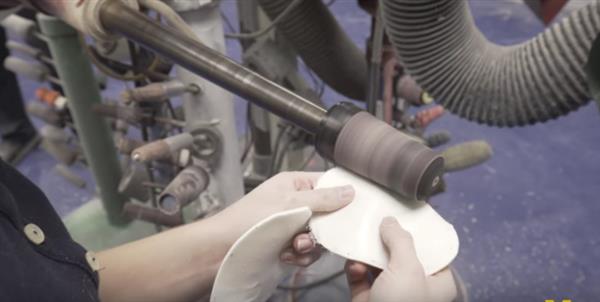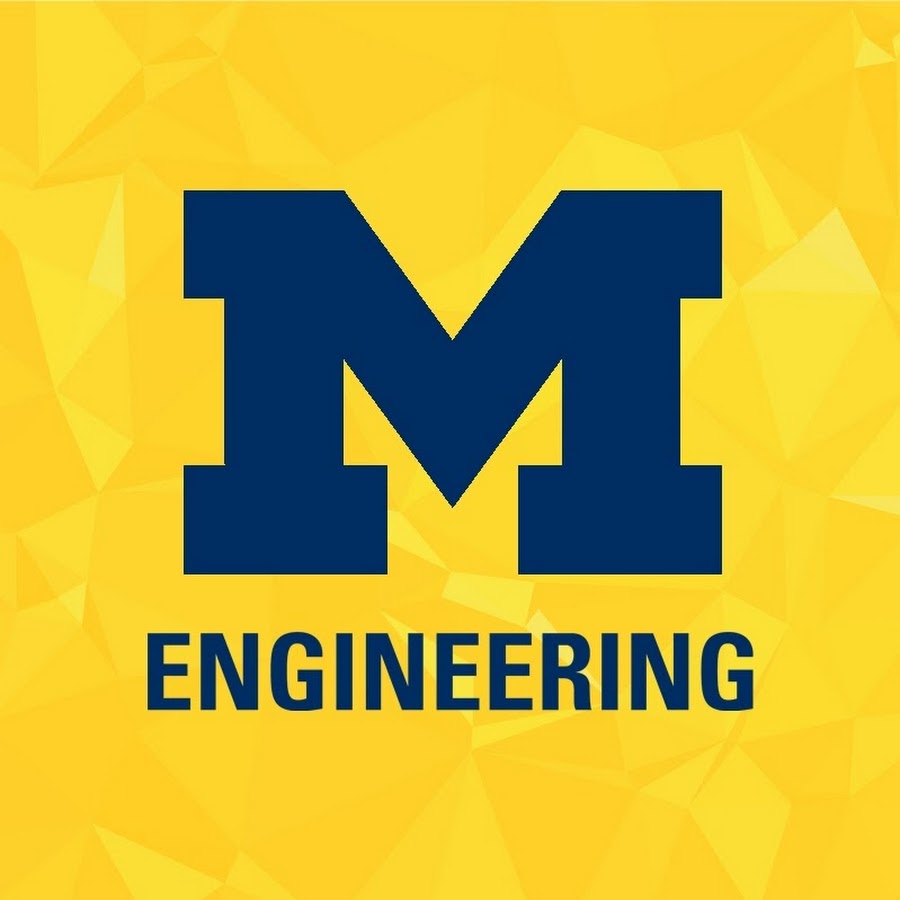University of Michigan launches 3D printed orthotics program
Researchers at the University of Michigan (UM) are implementing a new orthotics and prosthetics outfitting system: 3D printed assistive devices that will be customized to individual patients’ needs and reach them faster than ever before.
By Julia, 3ders.org February 9, 2017

Orthotics and Prosthetics Center. University of Michigan
Engineers and clinicians at the UM College of Engineering and Orthotics and Prosthetics Center say their new cyber manufacturing system is a vast improvement over traditional production methods. Currently, assistive device users must wait days or even weeks for essential orthotics and prosthetics. The new UM system would reduce that wait time to one day. Even better, each device will be customized on a case-by-case basis, providing improved support, fit, and function.
Orthotics are braces that protect, align, or improve function and stability to injured limbs, whereas prosthetics are assistive devices used to replace an arm or a leg. For now, the UM team has begun working with ankle foot orthotics, AFOs—typically prescribed to stroke patients who are relearning how to walk. Children with cerebral palsy, myelomeningocele, and other medical conditions also benefit from AFOs, which help facilitate stability and minimize the struggle of walking.
“Eventually, we envision that a patient could arrive in the morning for an optical scan, and the clinician could design a high quality orthosis very quickly using the cloud-based software,” said Albert Shih, UM professor of mechanical and biomedical engineering. “By that afternoon, they could have a 3-D printed device that’s ready for final evaluation and use.”
The UM system starts with a 3D scan of the patient using state-of-the-art imaging technology. Orthotists then upload the individual scan to a cloud-based design centre, and begin designing the orthotic. Design files are then sent back to the UM facility, where an on-site 3D printer manufactures the assistive device, layer by layer. The whole process takes only a few hours.

3D printed orthotics. University of Michigan
It’s a vast departure from current methods of manufacturing orthotics, which can be a costly and time-consuming process that requires fiberglass tape, plaster, heated plastic, and a hand-finish. The labour-intensive procedure requires highly trained staff and a large facility.
By contrast, UM’s alternative method only requires access to an optical scanner, a computer, and a 3D printer.
“Traditional hand-made orthotics are solid plastic, and they need to be a certain thickness because they have to be wrapped around a physical model during the manufacturing process,” said Jeff Wensman, director of clinical and technical services at the UM Orthotics and Prosthetics Center.
“3-D printing eliminates that limitation. We can design devices that are solid in some places and hollow in others and vary the thickness much more precisely. It gives us a whole new set of tools to work with.”

The traditional method of making orthotics. University of Michigan
The UM 3D printing technique is known as “sparse structure,” and was developed by Robert Chisena, a mechanical engineering PhD student at UM. Sparse structure allows for the production of partially hollow orthotics, thanks to a wavy internal structure that saves weight and boosts strength.
Perhaps best of all, this system could open the door for widespread production of custom orthotics and prosthetics. Any clinic with a 3D printer would be able to produce assistive devices using UM’s technique, even small facilities in remote areas. Shih’s team eventually plans to make their software and specifications freely available, so other healthcare providers can implement similar systems independently.
“In a sense, we’re building a recipe that others can use to build their own systems,” Shih said.
The UM project is jointly funded between America Makes, Manufacturing USA and Partnership for Innovation at the National Science Foundation. Stratasys provided the 3D printer, and software is currently undergoing development by Altair and Standard Cyborg. The program also enjoys the support of the Michigan Difference in advanced manufacturing and patient care from the University of Michigan Health System.
| One in three American households has a person using some type of orthotic device. Orthotics can range from a foot brace aiding a person unable to complete their walk cycle successfully, to a person needing wrist support for their carpal tunnel syndrome. |
| Currently it can take up to two weeks from diagnosis to treatment for these individuals to receive their orthotics. In the interim, they often can accrue costs from lengthy hotel stays if not located near a large hospital, costs for travel and food over that period, and have to take that amount of time off from work. |
| Michigan Engineers are working on a new 3D printing method that can potentially reduce this fabrication process to a one day visit for patients. This new method changes the traditional way that items are 3D printed, making parts lighter while at the same time drastically reducing production time without sacrificing strength or flexibility. University of Michigan Engineering. YouTube Feb 6, 2017 |
 Source 3ders.org
Source 3ders.org
Also see
Michigan Engineering Develops New Cyber Manufacturing System to Quickly Design and 3D Print Custom Orthotics and Prosthetics 3dprint.com
Gonzaga students develop affordable 3D printed Ankle Foot Orthosis (AFO) for children
